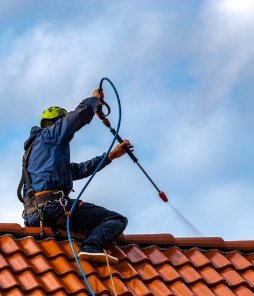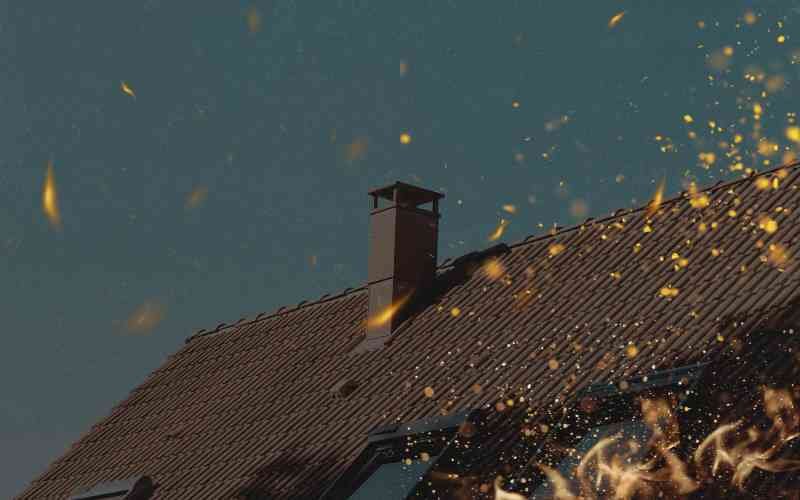
“Ninety percent of homes lost in bushfires don’t burn because flames reach them. They burn because of ember attack.”
That statistic alone should stop every Melbourne homeowner in their tracks.
Embers are silent, sneaky, and devastating. They don’t roar like a flame front. They drift. They float. And they slip into the smallest cracks – roof cavities, vents, flashing gaps, even broken tiles, where they smoulder until it’s too late. One tiny ember can mean the difference between a house standing strong and a home reduced to ashes.
Now here’s the thing. Roofs are the most common entry point. The roof is where embers settle, where gutters fill with debris, where tiny weaknesses become giant risks. That’s why protecting your roof from ember attack isn’t just about compliance or insurance. It’s about survival.
But here’s the good news! You can actually do something about it. With the right preventive strategies like sealing, sarking, ember guards, mesh, and smart material choices, you can dramatically reduce the risk of ignition. And you don’t have to wait until bushfire season is in full swing. Simple inspections, timely maintenance and when needed, professional roof repairs or restoration can make all the difference.
In this article, we’ll break down exactly how embers invade your roof space, why so many homes fail during ember attack, and what practical steps you can take to stop them.
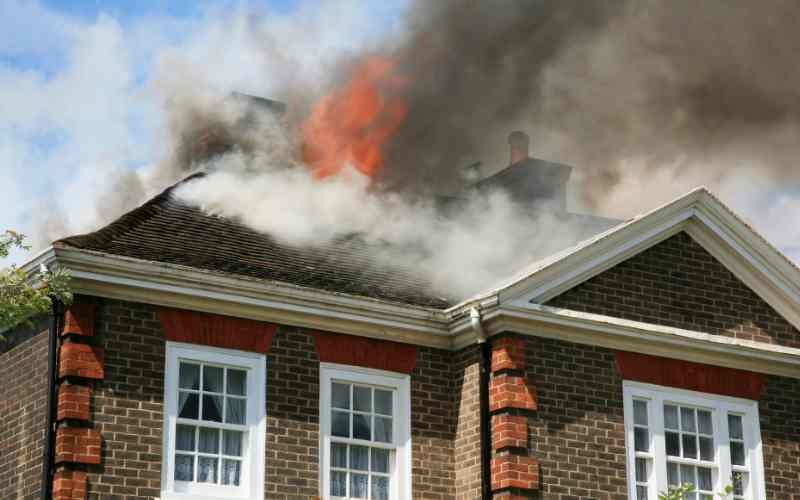
How Ember Attack Ignites Roofs
Unlike direct flame contact, embers spread unpredictably. They’re carried by strong winds, often kilometres ahead of the fire front, and accumulate on vulnerable surfaces. Roofs are easy targets because they are flat, have many joints, and have natural places for water to collect, such as gutters, valleys, and vents.
These are the most common ways that embers get inside your roof:
- Gaps in tiles or metal sheets – A tile that has come loose or a sheet that has slipped gives embers just enough room to settle.
- Roof cavities – Even the smallest opening (2 mm is enough) can let embers into insulation or timber structures.
- Vents and weep holes – Without ember guards, roof ventilation points become ember gateways.
- Flashing and ridge capping – Flashing that isn’t sealed well or ridge caps that are old often separate a little, letting embers in.
- Gutters filled with debris – Twigs and leaves are like tinder. Fire can easily jump into the eaves and roof cavity once it starts.
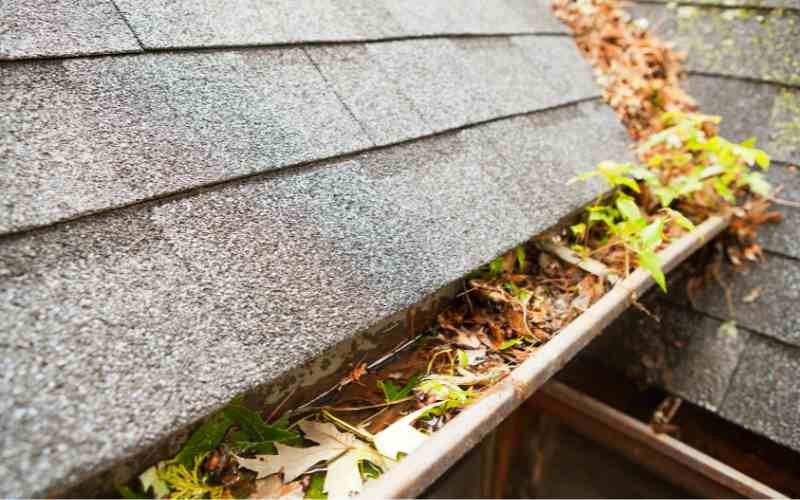
This is why ember attack is seen as more dangerous than flame contact: it takes advantage of weaknesses that people don’t notice until it’s too late.
Why Melbourne Homes Are at Risk
Victoria is one of the places in the world where bushfires happen the most, and the outer suburbs of Melbourne are often in or near bushfire overlays. There are a number of reasons why homes in these areas are especially vulnerable:
- Older housing stock: Many homes in Melbourne were built before the modern bushfire construction standards (AS 3959).
- Tile roofing: Common in suburban areas, but unless sealed and maintained, they leave gaps.
- Aging materials: Worn sarking, cracked mortar, or corroded flashing make it easier for embers to get through.
- Vegetation proximity: Eucalyptus trees and bushland in close suburbs supply plenty of fuel and embers.
If you live in Mill Park, proactive maintenance with roof repairs is crucial, because ember exposure in Melbourne’s green fringes is not a question of “if” but “when.”
Key Vulnerabilities in Roof Systems
When we inspect homes for ember protection, the same weak spots appear over and over again:
- Unsealed Gaps – Common at ridges, hips, and valleys.
- Old Sarking – Torn or missing underlay allows direct ember access to roof cavities.
- Exposed Vents – Whirlybirds and ventilation slots work like funnels for embers.
- Damaged Flashing – Ember traps form where walls and roofs meet.
- Blocked Gutters – Dry leaves ignite quickly and spread fire to timber fascia and eaves.
Each of these weaknesses is a red flag. Addressing them is not cosmetic, it’s critical risk reduction.
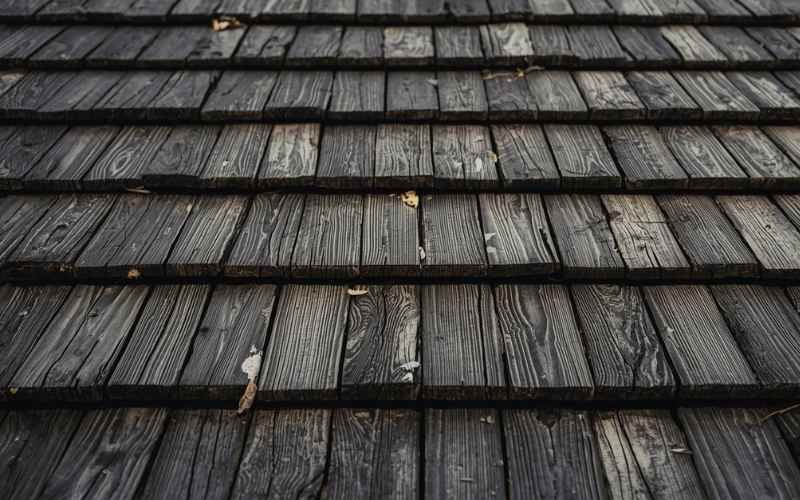
Preventive Strategies: How to Stop Ember Entry
The strongest defence against ember attack is prevention. Here’s a breakdown of effective strategies:
Seal Roof Gaps and Flashings
Look around skylights or chimneys, at the ridge capping, and at the places where the roof meets the wall. Use non-combustible sealants and properly installed flashing to close ember-sized openings.
Install Sarking
Roof sarking (or underlay) is more than insulation. It’s a secondary barrier against embers. Fire-resistant sarking stops embers that sneak past tiles or sheets from reaching the cavity.
Fit Ember Guards and Mesh
Vents, weep holes, and gutters should be fitted with ember guard mesh. The standard aperture is less than 2 mm to block fine embers. For gutters, ember guard gutter mesh keeps out leaves as well as fire risk.
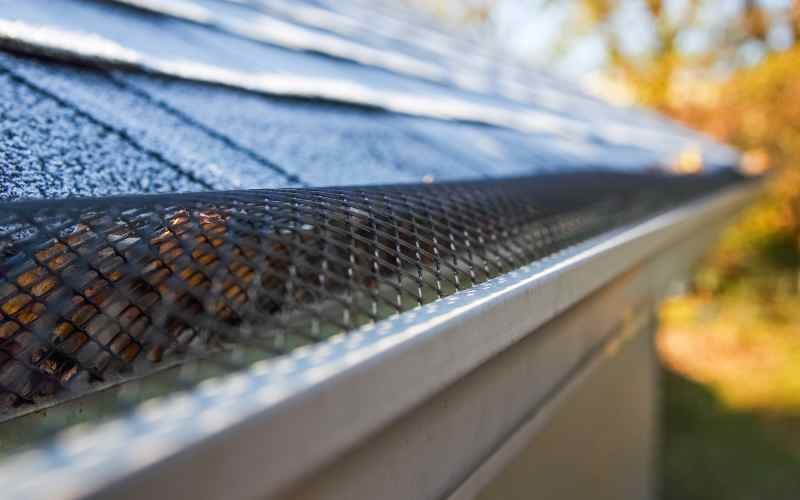
Choose Non-Combustible Materials
If you’re building or renovating, opt for metal roofing (such as Colorbond), concrete tiles, or slate. These materials work better than old, porous tiles or shakes made of wood.
Maintain Gutters and Roof Surfaces
Clear leaves out of valleys and gutters before summer. Cleaning often makes it harder for embers to find food if they land.
Consider Roof Sprinkler Systems
Some people who own homes put in automatic roof sprinklers that are meant to wet the roof during bushfires. They don’t replace sealing and mesh, but they do add an extra layer of protection.
Know more about Heat-Reflective Roof Restoration Coatings
The Role of Roof Repairs and Restoration
Preventive measures often overlap with standard roofing services. That’s where professional inspection and intervention come in.
Roof repairs help address immediate vulnerabilities, replacing broken tiles, resealing flashing, or fixing ridge caps. For example, after last summer’s inspections, we saw a spike in demand for roof repairs because homeowners wanted peace of mind before fire season.
Roof restoration goes further. It not only fixes issues but upgrades the entire system for long-term resilience. In some cases, restoration includes re-sarking, new coatings, or adding ember-resistant features. We recently completed a roof restoration project in Blackburn where ember guards and new sarking were added during the process, making the home far more bushfire-resilient.
Ongoing maintenance is essential. A small crack in flashing may seem minor, but as embers exploit openings, the consequences are major. When we carried out roof repairs in Doncaster earlier this year, the homeowner was shocked to see how many tiny gaps had opened up across their roof without them noticing.
Every ember-proofing project reinforces one message: it’s not about aesthetics, it’s about survival.
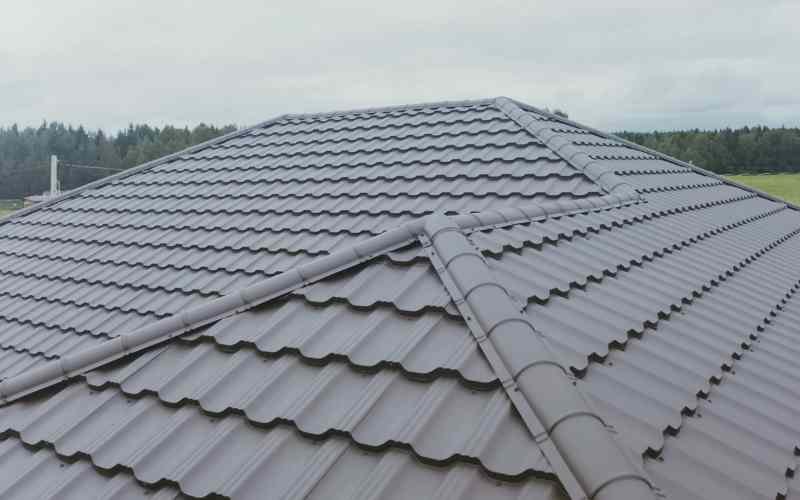
Cost vs. Benefit of Ember Protection
Homeowners often ask: “Is it worth the investment?” The answer is clear.
- Repairs and sealing typically cost far less than the potential loss of a home.
- Restoration with ember upgrades adds value, extends roof lifespan, and may reduce insurance risks.
- Compliance and peace of mind make the cost negligible compared to losing everything in a fire.
Think of ember protection not as an optional upgrade but as essential risk management for living in Victoria.
Case Lessons: Why Some Roofs Fail and Others Survive
Bushfire studies in Victoria repeatedly show that homes with ember-resistant roofs survive at a much higher rate. Failures almost always come back to simple issues:
- Gutters clogged with leaves.
- Vents without guards.
- Unsealed tile gaps.
- Old, torn sarking.
Survivors, by contrast, share the same traits: good maintenance, ember guards, and proactive roof work.
Your Seasonal Roof Ember Protection Checklist
Here’s a practical list Melbourne homeowners can follow each year:
- Clear gutters of leaves and twigs.
- Inspect and reseal flashing.
- Check ridge caps and valleys for gaps.
- Ensure sarking is intact and covers cavity areas.
- Fit ember guard mesh to vents and gutters.
- Replace broken tiles or corroded sheets promptly.
- Book a professional roof inspection before summer.
Final Thoughts: Protecting Your Roof, Protecting Your Home
Ember attack is the hidden killer in bushfires, and your roof is the frontline of defence. But here’s the empowering part, you’re not powerless. By sealing gaps, upgrading materials, and investing in roof repairs or restoration, you dramatically lower your risk.
If you live in Melbourne or the suburbs around it, don’t wait for the next bushfire warning. Act now to be proactive. At Eufouria, we specialise in roof inspections, repairs, and restoration services that integrate ember protection measures. Because keeping your home safe is about more than just a roof over your head.
Protect your roof. Protect your family. Protect your future.
-
November 13,2025
Maintenance Tips for Slatted Roof Systems in Melbourne
-
October 30,2025
Colour & Style Trends for Roofing in Melbourne
-
October 7,2025
How to Prevent & Fix Flat Roof Leaks in Melbourne
-
September 16,2025
Roof Ventilation and Repairs: Why Melbourne Homes Overheat
-
August 19,2025
Roof Leak or Plumbing Leak? How to Tell the Difference in Homes
-
August 4,2025
Gutter and Roof Safety Tips Before Bushfire Season in Victoria
-
July 18,2025
The Ultimate Roof & Gutter Maintenance Checklist for Melbourne Homeowners
-
July 9,2025
Guide to Roof Tile Types in Australia and How to Repair Them
-
June 26,2025
Metal vs. Asphalt: Which Roofing Material Lasts Longer?
-
June 6,2025
Drones in Roofing: How We Inspect Roofs Safely and Quickly in Melbourne
-
May 14,2025
5 Common Roof Problems in Coastal Areas (and How to Prevent Them)
-
April 16,2025
Dealing with Gutter Blockages During Melbourne’s Rainy Season: Repair Tips & Tricks
-
March 27,2025
Tile Roof Restoration – Key Signs Your Tiled Roof Needs Attention
-
March 7,2025
How to Get Your House Ready for Roof Restoration
-
February 28,2025
Why Is Your Roof Paint Peeling? Top Causes and Solutions
-
February 10,2025
The Importance of Roof Inspections Before Buying a Home in Melbourne
-
January 15,2025
Heat-Reflective Roof Restoration Coatings Lower Energy Bills
-
January 9,2025
The Hidden Dangers of Roof Mould: How It Affects Your Home and Health
-
December 26,2024
Why Melbourne’s Summer Is the Ideal Season for Roof Restoration
-
December 17,2024
Rooftops Around the World: Comparative Analysis With Australia’s Superior Guidelines
-
November 25,2024
Why Gutter Cleaning in Melbourne is Crucial Before the Winter Season
-
October 19,2024
Common Roof Problems in Melbourne: Causes and Effective Solutions
-
September 30,2024
Roof Repair Signs: What Every Melbourne Homeowner Should Know
-
September 23,2024
Tips to Maintain and Extend the Life of Your Restored Roof in Melbourne
-
August 26,2024
The Complete Guide for Roof Inspections and Restorations
-
August 12,2024
Restoration vs. Repairs: Choose the Right One for Your Home

